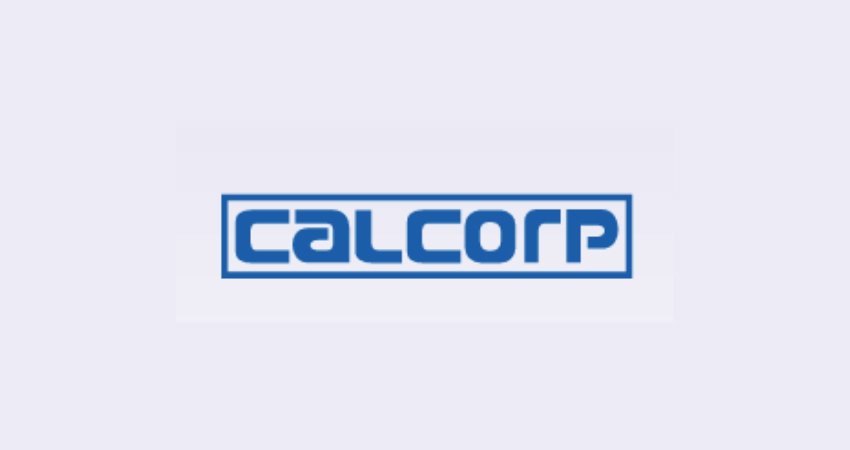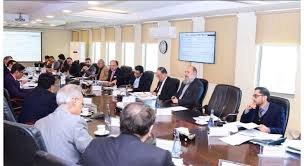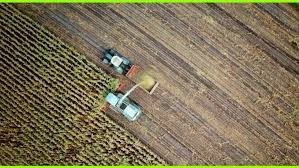Calcorp Proposes Acquisition of Helios Resol Technology
PAKISTAN Calcorp Limited has informed the Pakistan Stock Exchange (PSX) that its Board of Directors, in a meeting held yesterday
A TALE OF FOUR Fs
By Muhammad Tariq Haq In the heart of Dhaka, where rickshaws weave through the morning bustle, a young entrepreneur named
Cabinet Committee Approves New Board of Directors for NESPAK
The Cabinet Committee on State-Owned Enterprises (CCoSOEs) has approved the reconstitution of the Board of Directors of National Engineering Services
Satellite Technology to Resolve Crop Data Disputes in Punjab
PAKISTAN Pakistan is preparing to launch a satellite-based monitoring system next year to address long-standing disputes over crop data, particularly





